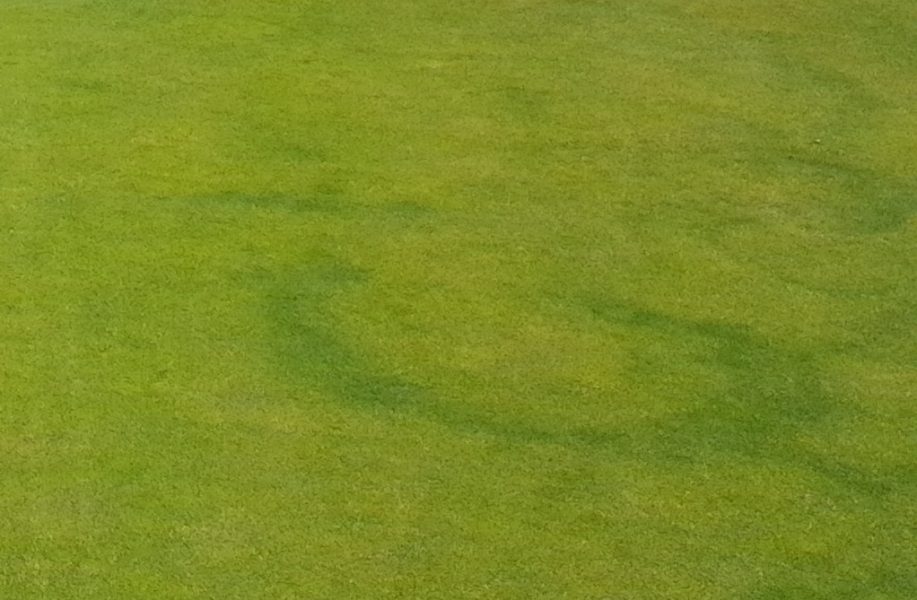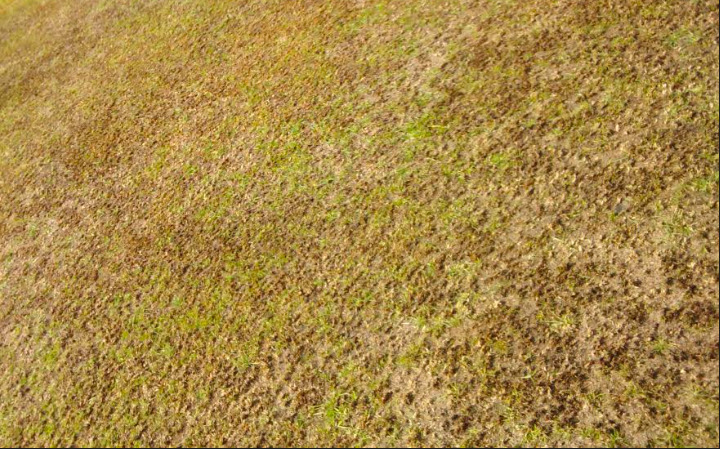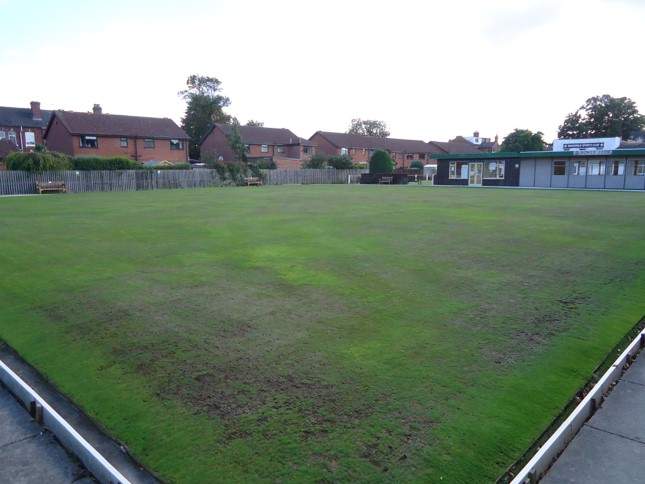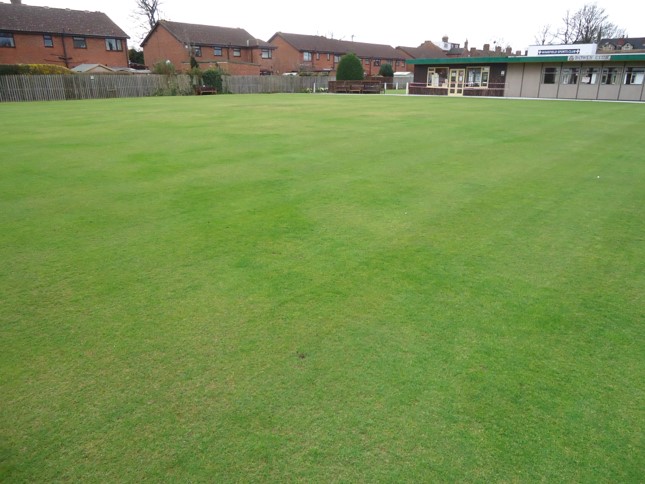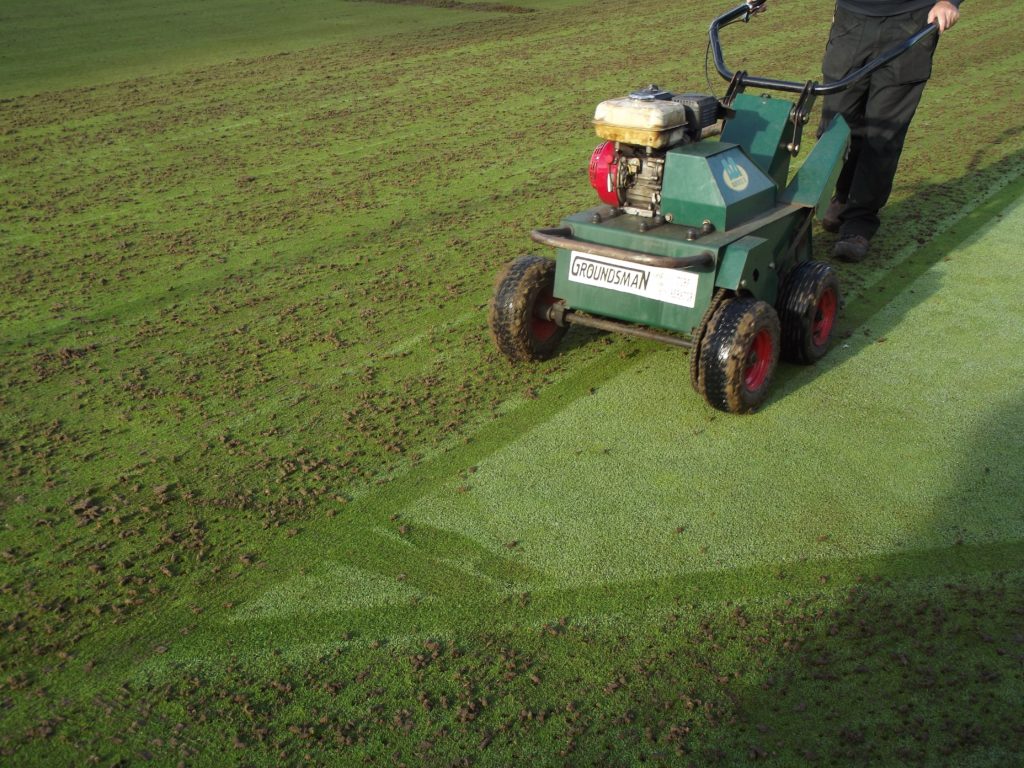Successfully dealing with fairy ring in fine turf is a challenge facing many greenkeepers, but one that can be broken down into easily taken key steps. The conventional remedies that feature the use of fungicides are simply dealing with symptoms and can guarantee only one outcome; temporary relief followed by a worsening of the problem over the longer term. In this article you'll find a pesticide free, long term solution that also alleviates the short term symptoms.
